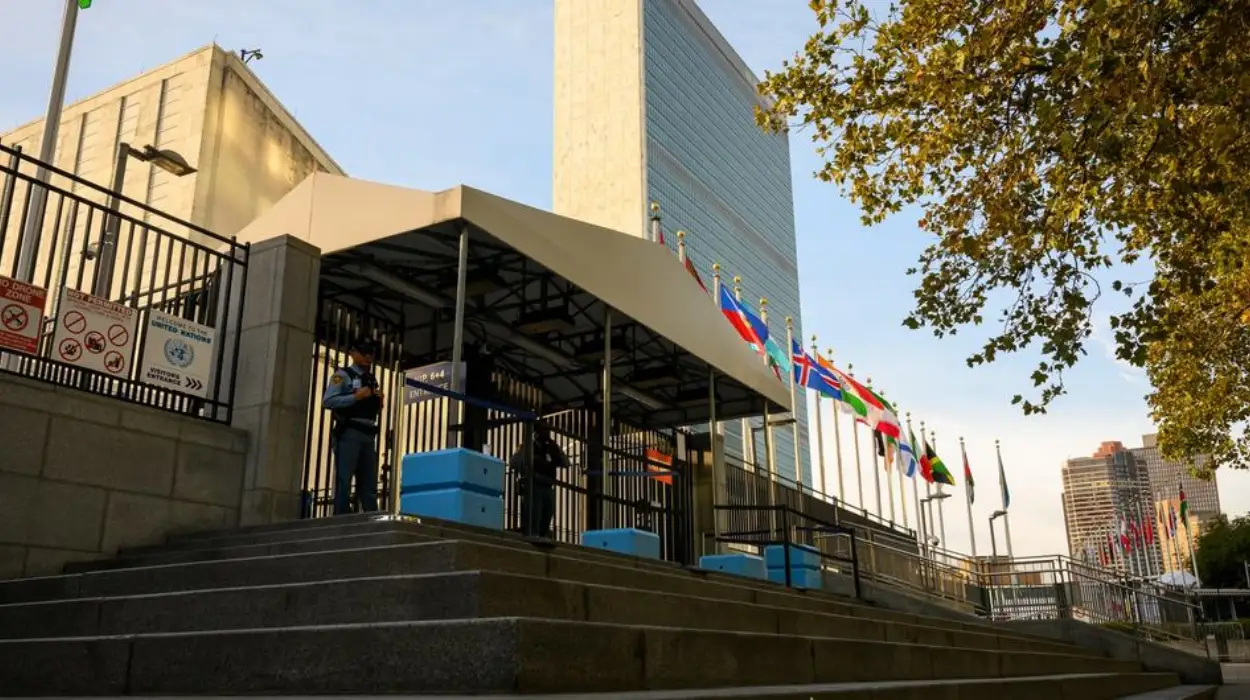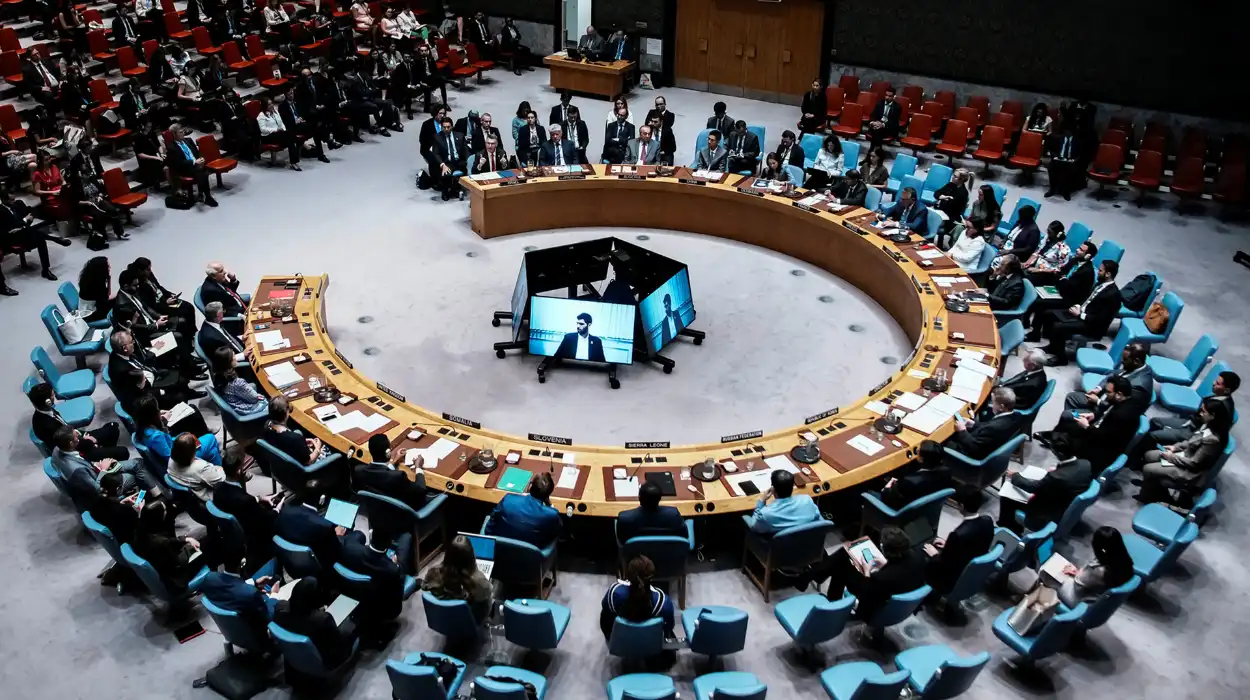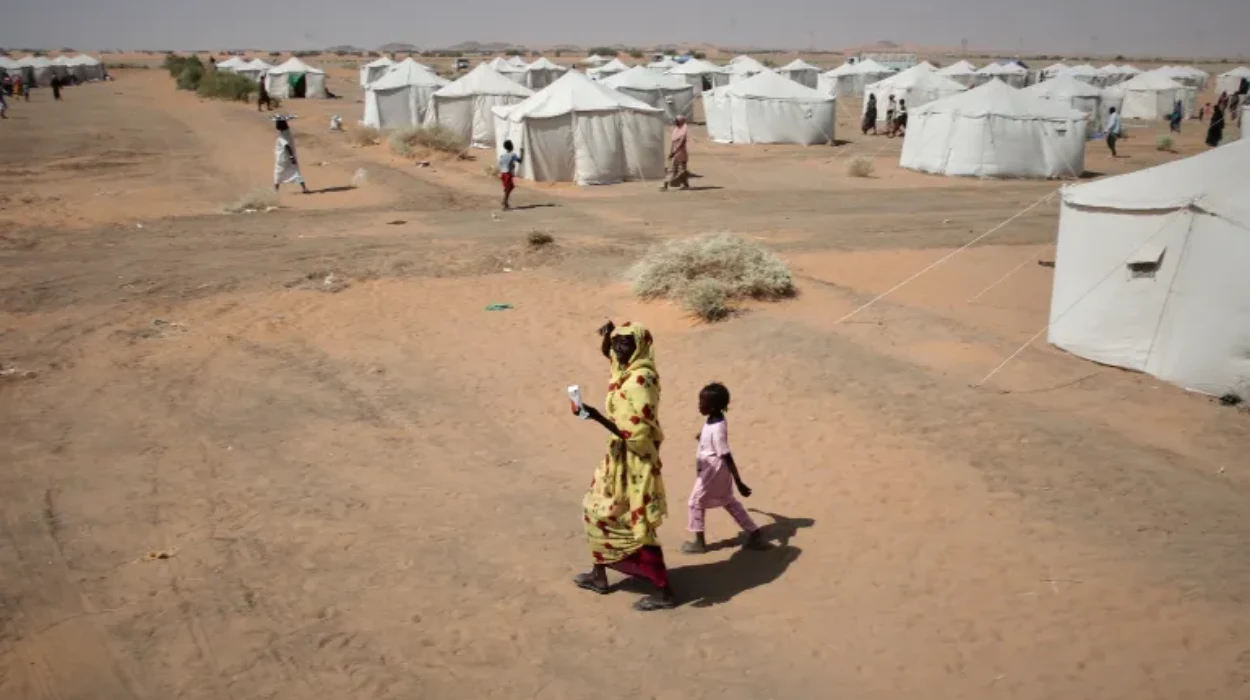The nationwide protests in Kenya on June 25, 2025, marked a tragic escalation in the country’s ongoing political and social unrest, resulting in at least 16 deaths and hundreds of injuries. These demonstrations, which commemorated the first anniversary of the 2024 anti-tax protests, highlighted deep-rooted grievances related to police brutality, economic hardship, and governance issues under President William Ruto’s administration. This analysis examines the death toll and injuries, the causes and context of the protests, the government and police response, and the reactions from various stakeholders, including the United Nations.
What is the scale of the violence and casualties?
The protests resulted in a confirmed death toll of 16 people, according to Amnesty Kenya and the Kenya National Commission on Human Rights (KNCHR), although initial government reports cited 8 fatalities. The Independent Policing Oversight Authority (IPOA) reported 8 deaths and 207 injuries, including police officers, and is investigating all deaths. Overall, more than 400 casualties were reported, encompassing protesters, police officers, and journalists.
At least five victims were shot dead by police, with others suffering injuries from rubber bullets, tear gas, and water cannons. The unrest spread across at least 23 to 27 counties, including major cities such as Nairobi, Mombasa, Nakuru, Kisii, Nyeri, Eldoret, and Bungoma. According to Citizen TV, 61 arrests were made during the demonstrations.
The protests turned violent in some areas, with clashes between police and protesters resulting in two police stations being set on fire. The heavy deployment of security forces and use of live ammunition and other crowd control methods have drawn widespread condemnation.
What sparked the protests and what are the underlying issues?
The June 2025 protests in Kenya were sparked by the anniversary of the deadly 2024 anti-tax demonstrations, a tragic event that left at least 60 people dead after police opened fire on crowds protesting a controversial tax bill. These earlier protests had already exposed deep-seated frustrations among Kenyans regarding economic policies perceived as unfair and burdensome, particularly on the lower and middle classes. The anniversary served as a catalyst for renewed demonstrations, with citizens demanding an end to ongoing issues that continue to plague the country.
This year’s protests were driven by a combination of demands centered on ending police brutality, tackling widespread corruption, and addressing the persistent economic hardships faced by many under President William Ruto’s administration. The public’s discontent was palpable, with slogans like “Ruto must go” echoing through the streets, reflecting a growing frustration with the government’s handling of the economy and governance. Many Kenyans feel marginalized and neglected, struggling with rising costs of living, unemployment, and inadequate social services.
A particularly incendiary trigger for the protests was the death of Albert Ojwang, a teacher and blogger who died while in police custody. Ojwang had reportedly insulted a senior police officer, and his subsequent detention and death sparked widespread outrage. Authorities initially claimed that Ojwang’s death was self-inflicted, but investigations later revealed evidence leading to charges against three police officers for murder. This incident became a symbol of state repression and abuse of power, galvanizing public anger and intensifying the protests.
How did the government and police respond?
Authorities responded with a heavy security presence, deploying live ammunition, tear gas, water cannons, batons, and rubber bullets to disperse crowds. Barricades and barbed wire were erected around government buildings to prevent protesters from accessing sensitive areas. The government labeled the protests as “terrorism” and vowed to hold organizers accountable.
The Independent Policing Oversight Authority (IPOA) is investigating police conduct, including allegations of excessive force and officers concealing their identities. Despite government claims of “professionalism and restraint”, numerous reports and eyewitness accounts indicate police provoked and violently suppressed protesters.
The Kenyan government commended security forces for their "professionalism and restraint in the face of extreme provocation" during yesterday's protests.
But we saw police provoke, whip, teargas and shoot at protesters countless times. 16 people died.
? @festolang pic.twitter.com/bo66sRzTEr
— Larry Madowo (@LarryMadowo) June 26, 2025What are the reactions from civil society and the international community?
Amnesty Kenya’s Executive Director Irungu Houghton confirmed that most deaths were caused by police gunfire, criticizing the excessive use of force. Angel Mbuthia, chair of the youth league of the opposition Jubilee Party, stressed the importance of remembering the victims and fighting for good governance.
Protester Osman Mohamed told Al Jazeera:
“The government is taking us as citizens for granted. They are supposed to serve the people because of the power of the people.”
The United Nations urged restraint and called for peaceful dialogue amid the violence, emphasizing the need to address grievances through nonviolent means.
Societal fissures fueled
The June 2025 protests in Kenya have laid bare the deep societal fissures that continue to challenge the country’s social and political fabric. These fissures are rooted in a combination of economic hardship, governance failures, and persistent police brutality, creating a volatile environment that erupted into widespread demonstrations across more than two dozen counties. The protests, which tragically resulted in at least 16 deaths and hundreds of injuries, reflect a population grappling with frustration over unmet expectations and systemic injustices.
Economic hardship remains a primary driver of public discontent. Many Kenyans face rising living costs, unemployment, and limited access to basic services, fueling resentment toward the government. The protests coincided with the first anniversary of the 2024 anti-tax demonstrations, which themselves were sparked by a controversial tax bill seen as disproportionately burdening ordinary citizens. The persistence of economic challenges under President William Ruto’s administration has intensified calls for better governance and economic reforms that can alleviate the hardships faced by the majority.
Governance challenges have compounded these economic woes. Corruption allegations, lack of transparency, and perceived unresponsiveness from political leaders have eroded public trust. Protesters’ chants of “Ruto must go” symbolize a broader dissatisfaction with leadership and demand for accountability. The death of Albert Ojwang, a teacher and blogger who died in police custody after allegedly insulting a senior police officer, became a potent symbol of state repression and galvanized nationwide outrage. This incident highlighted concerns over the abuse of power and the lack of justice for victims of state violence.
Police brutality has been a particularly incendiary issue. The security forces’ heavy-handed response to the protests—using live ammunition, tear gas, water cannons, and rubber bullets—resulted in numerous fatalities and injuries, including among journalists and bystanders. The Independent Policing Oversight Authority (IPOA) is investigating these incidents, including allegations of excessive force and officers concealing their identities. Despite government claims of professionalism and restraint, eyewitness accounts and reports from human rights organizations suggest that police actions often escalated tensions rather than diffused them.
The government’s labeling of the protests as “terrorism” and its vow to prosecute organizers have further polarized the situation, raising concerns about the suppression of dissent and the narrowing of democratic space. The destruction of police stations and clashes between protesters and security forces underscore the depth of the crisis and the urgent need for dialogue.
The international community, including the United Nations, has urged restraint and called for peaceful dialogue to address the underlying issues. The UN’s emphasis on human rights and conflict resolution highlights the importance of balancing security concerns with respect for citizens’ rights. Kenya’s ability to navigate this turbulent period will depend on its willingness to implement meaningful reforms, ensure accountability for abuses, and engage constructively with its citizens.
Restoring stability and public trust requires addressing the root causes of unrest—economic inequality, governance deficits, and police misconduct—through inclusive policies and transparent governance. Only by bridging these societal divides can Kenya hope to build a more just, peaceful, and prosperous future for all its people.









